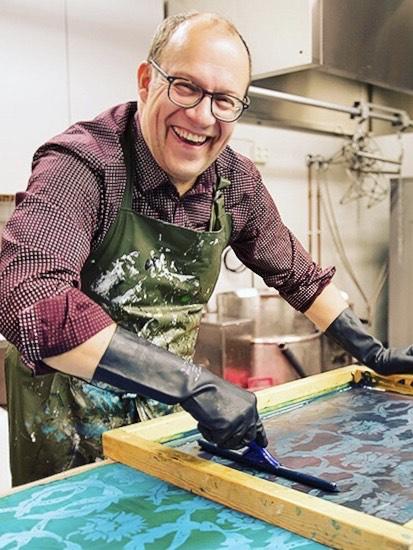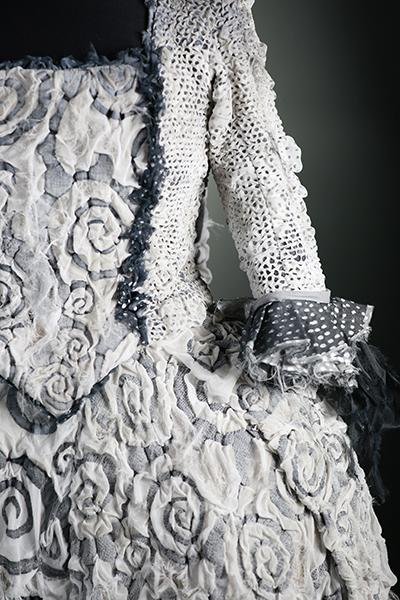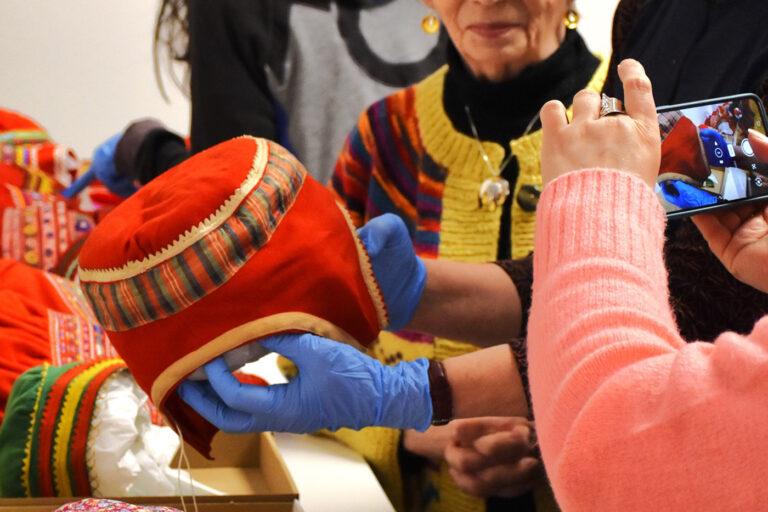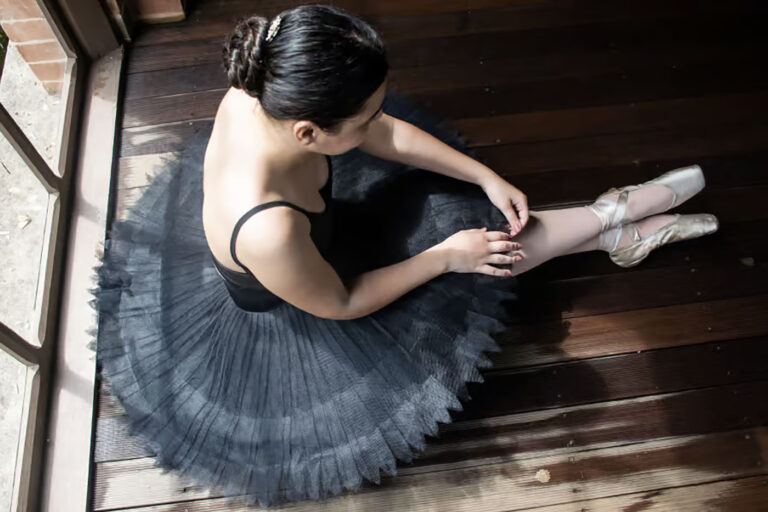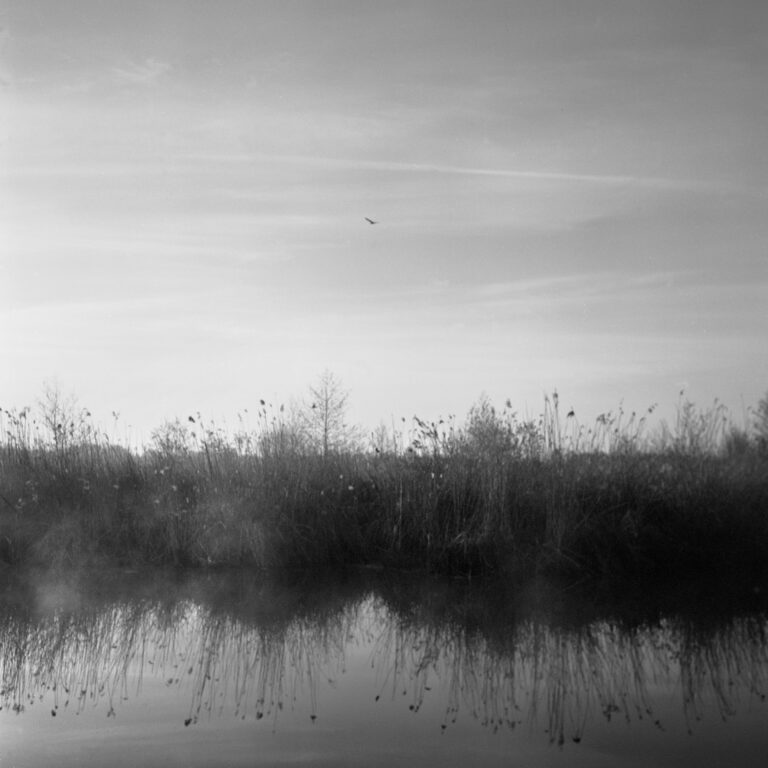Towards sustainable costume design
Pasi Räbinä wants to bring ecological clothing materials into costume design
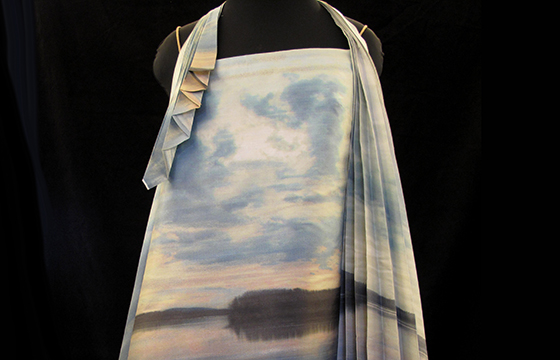
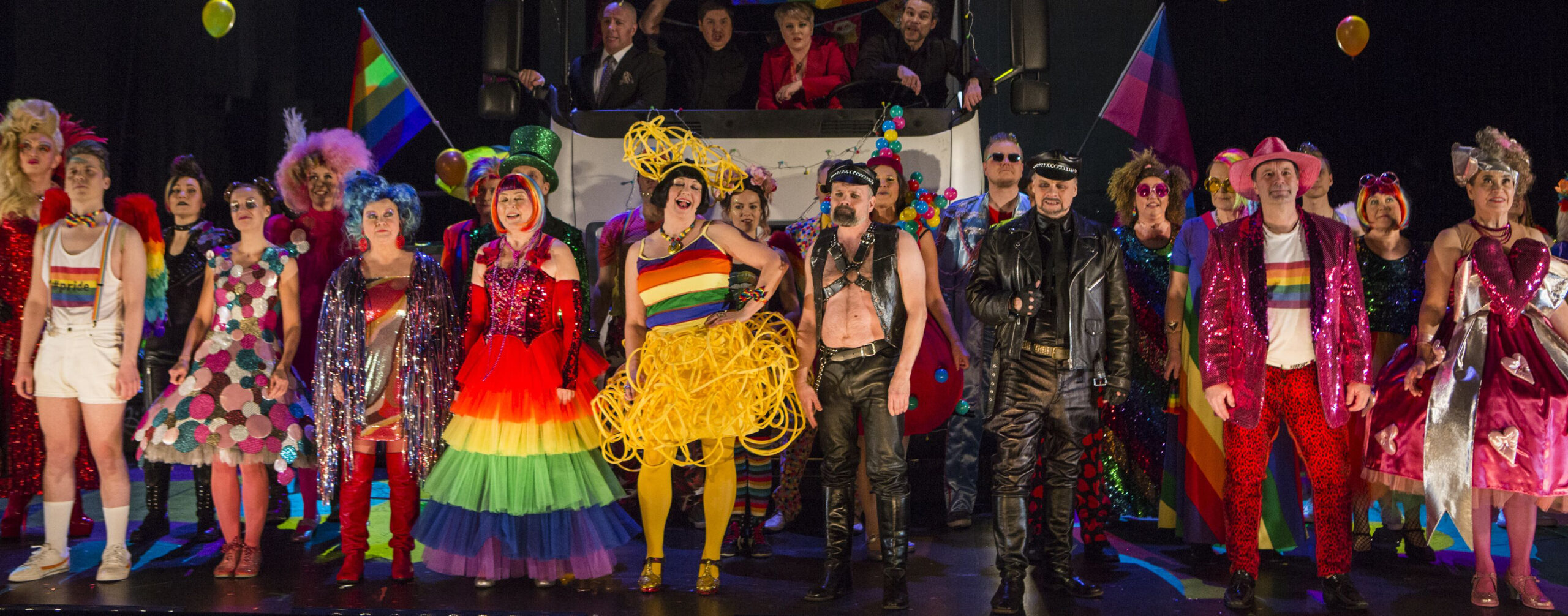
Text: Marika Aspila
Having designed costumes for 35 years and for more than 100 productions, including tens of thousands of individual pieces of clothing, Pasi Räbinä knows the materials and how they are treated. He has worked full-time as a costume designer at the Oulu City Theatre since 1991, but he has also always simultaneously worked as an independent artist and designer and received awards as a stage costume innovator and pioneer.
– I’ve consistently developed various fabric treatment techniques and thereby come closer to results in which the fabrics themselves are interesting, Räbinä recounts.
With the grant money he just received, Pasi Räbinä is starting a project in which he will study promising new ecological clothing materials for use in costume design. Climate change, loss of biodiversity, and overexploitation of natural resources require quick changes at all levels of society. Costume designers, who design hundreds and thousands of pieces of clothing for theatre and opera performances, also have to seriously ponder what they can design in the future, what materials they can use, and what to do with the hundreds of costumes after the last performance of a work.
– My plan is a pioneer project like we haven’t had before in Finland. My goal is to increase awareness of sustainable development in our field, says Räbinä.
– The challenge for the future is how can we reduce textile waste to hurt nature less. In my opinion, it’s crucial to influence how designers work already at an early stage and get them to think while making costumes what kinds of materials would be sensible for sustainable development and the circular economy. The concept of “circular economy” in my research doesn’t mean only recycling; instead, it means a comprehensively new approach to the manufacturing of clothing and materials. The idea is to strive towards reuse of most pieces of clothing used for costumes. My goal is to help costume designers by developing a model and way of working in which the costumes of a performance are designed to last long and be recyclable.
According to Pasi Räbinä, the Finnish clothing and textile industry is a trailblazer in the development of new ecological textile fibres. Metsä Group and Stora Enso are developing promising new materials and innovations. Spinnova is a Finnish pioneer in the conversion of wood-based cellulose into textile fibres using the Ioncell process. From the perspective of recycling and a circular economy, the Finnish Infinited Fiber Company is already far along in its product development of turning textile waste into new textile fibres.
– The goal of these companies is to make cloth fabrics that are more environmentally friendly and use less natural resources. I intend to familiarise myself with their activities and manufacturing methods and apply my research to my costume design, Pasi Räbinä explains.
Costume designer Pasi Räbinä, M.A., received a grant of €17,500 for research on the use of ecological materials in costume design.
